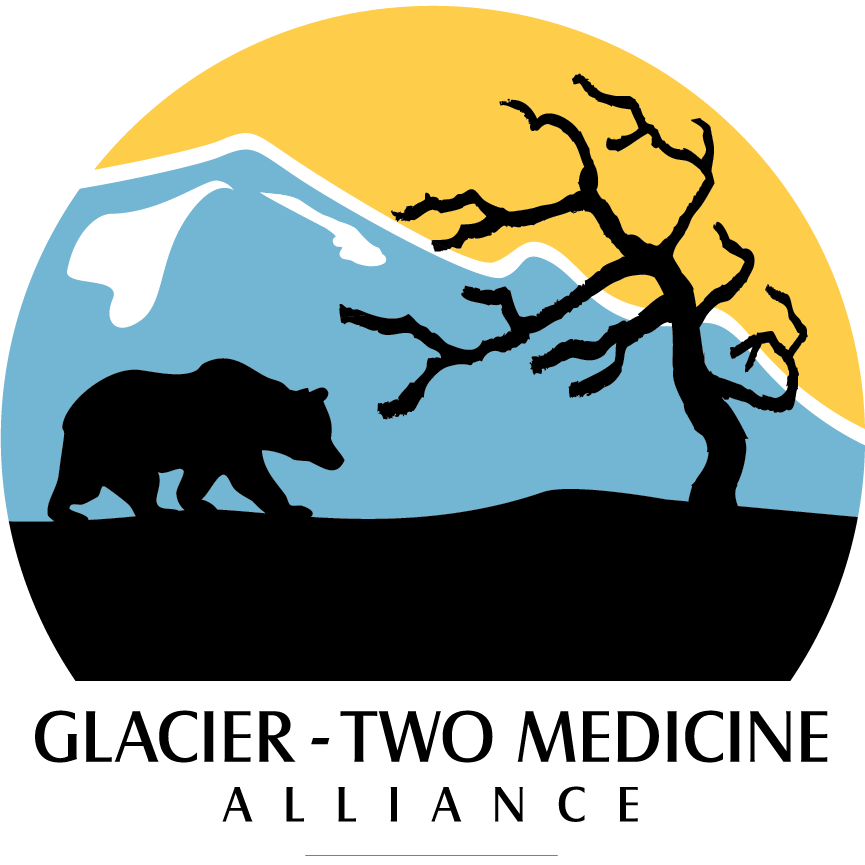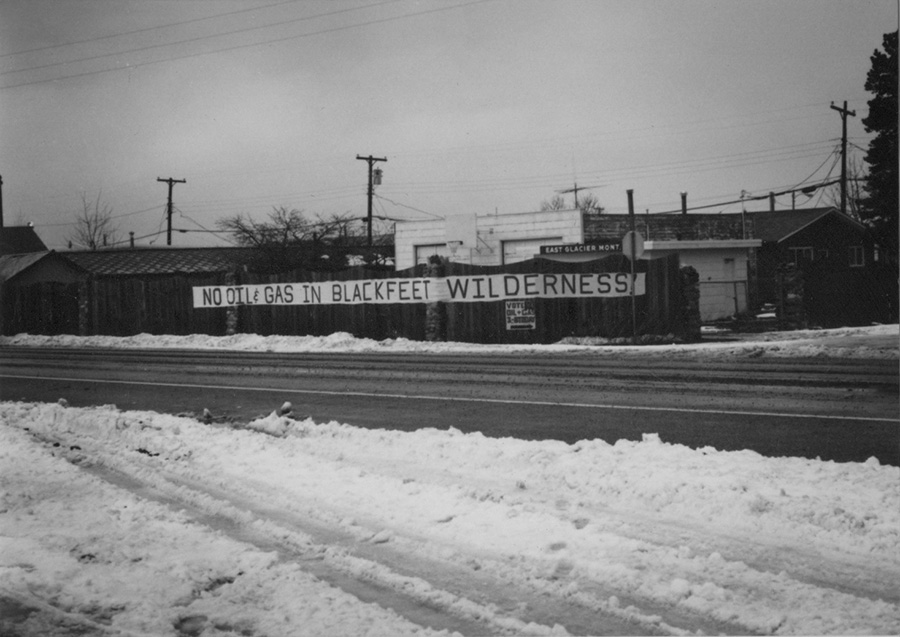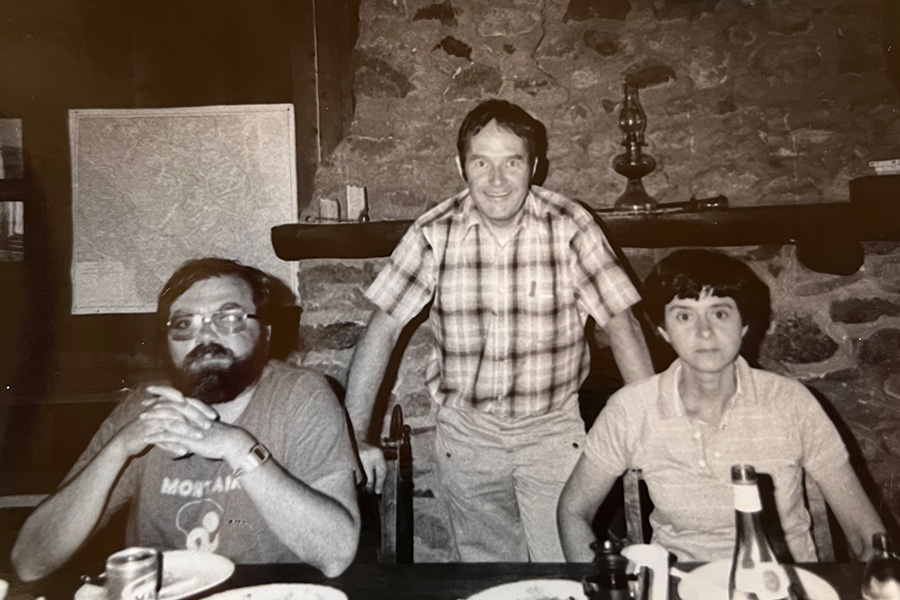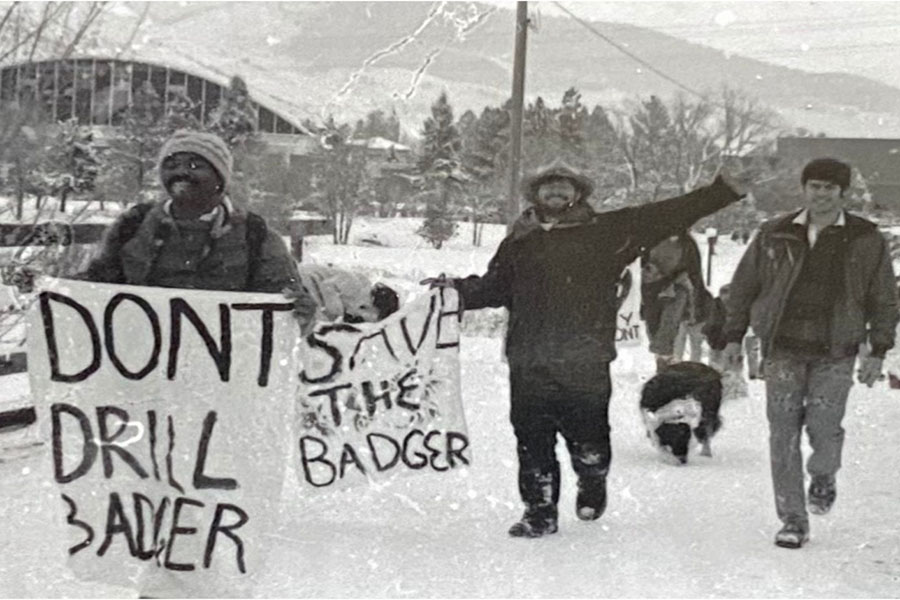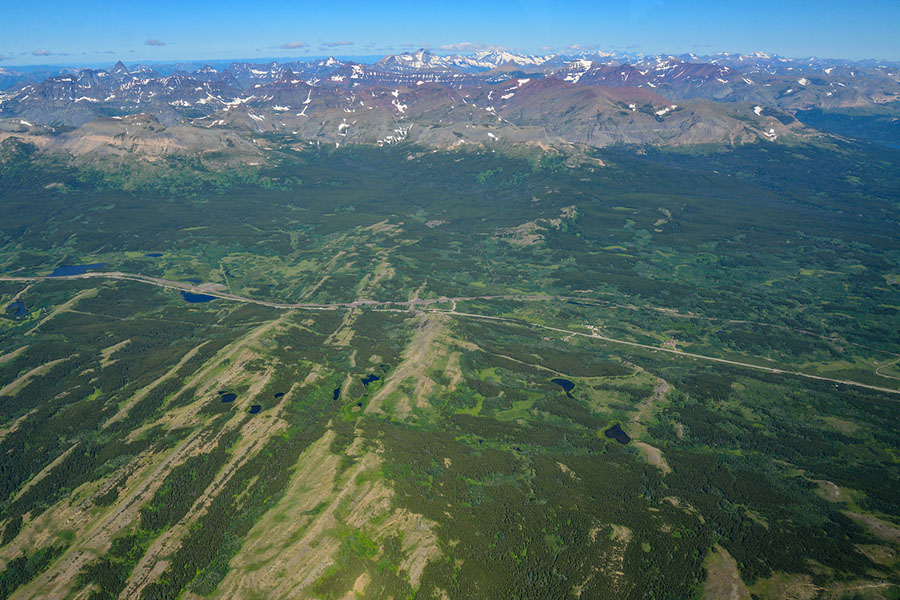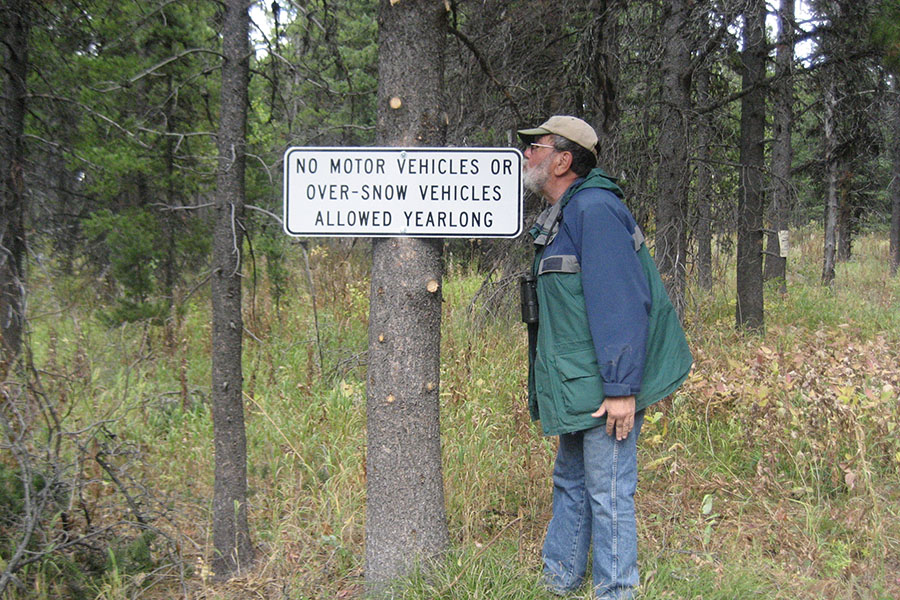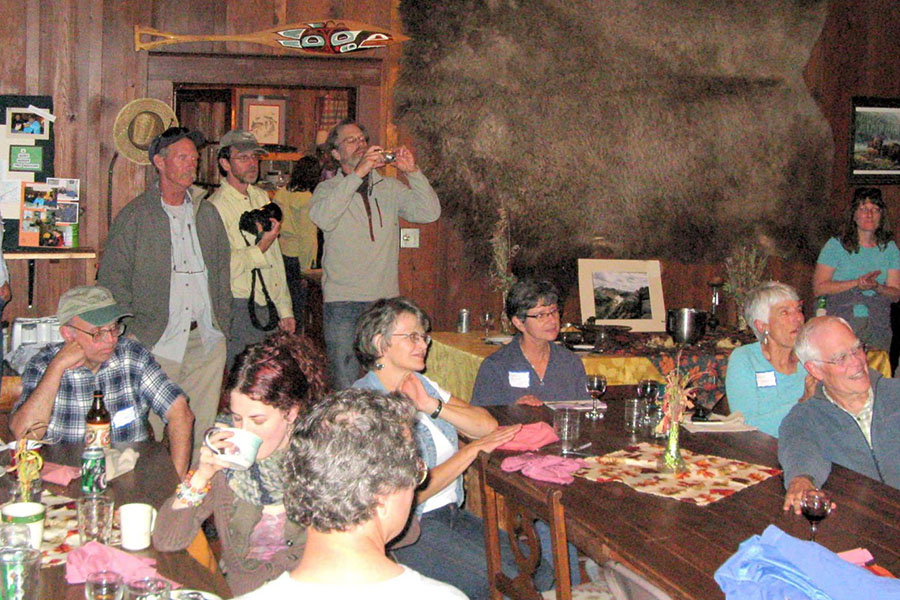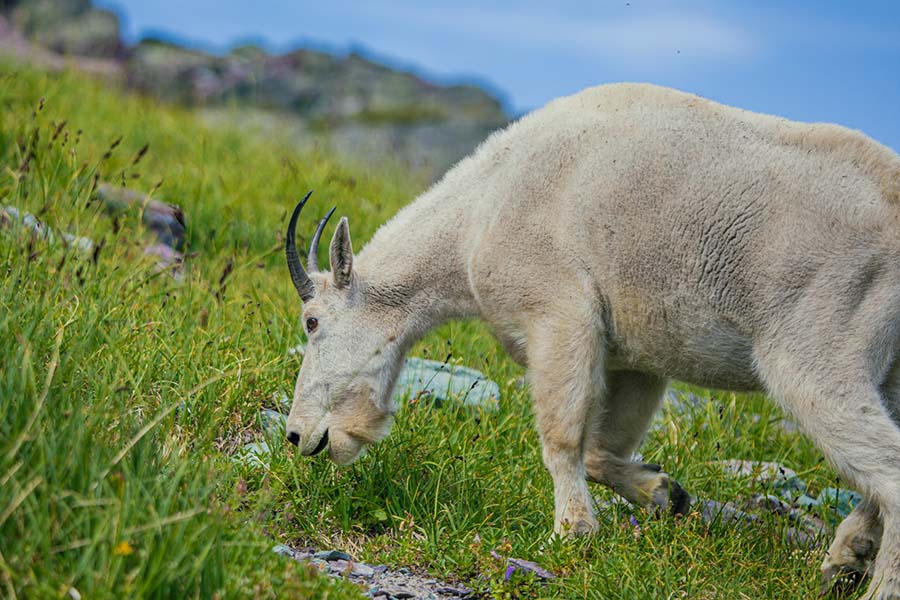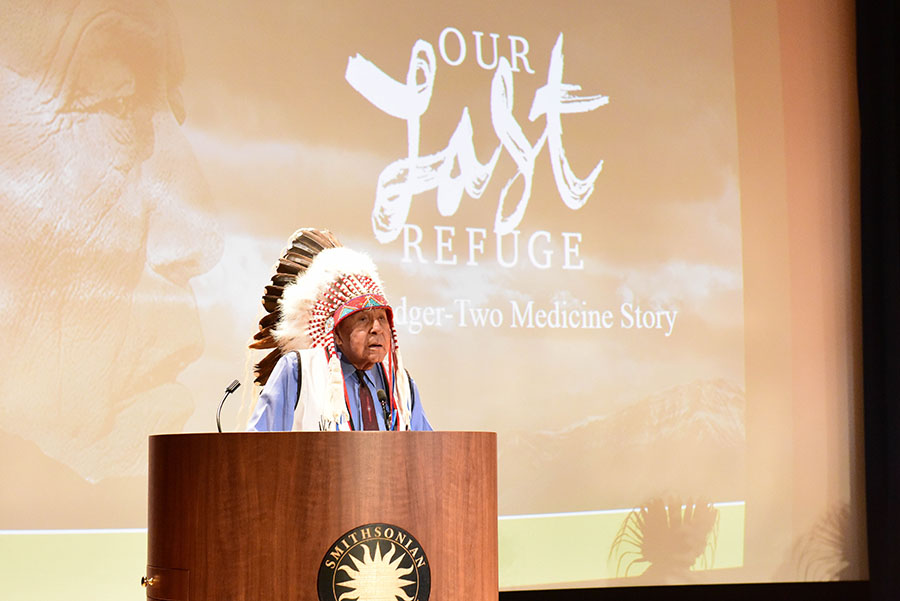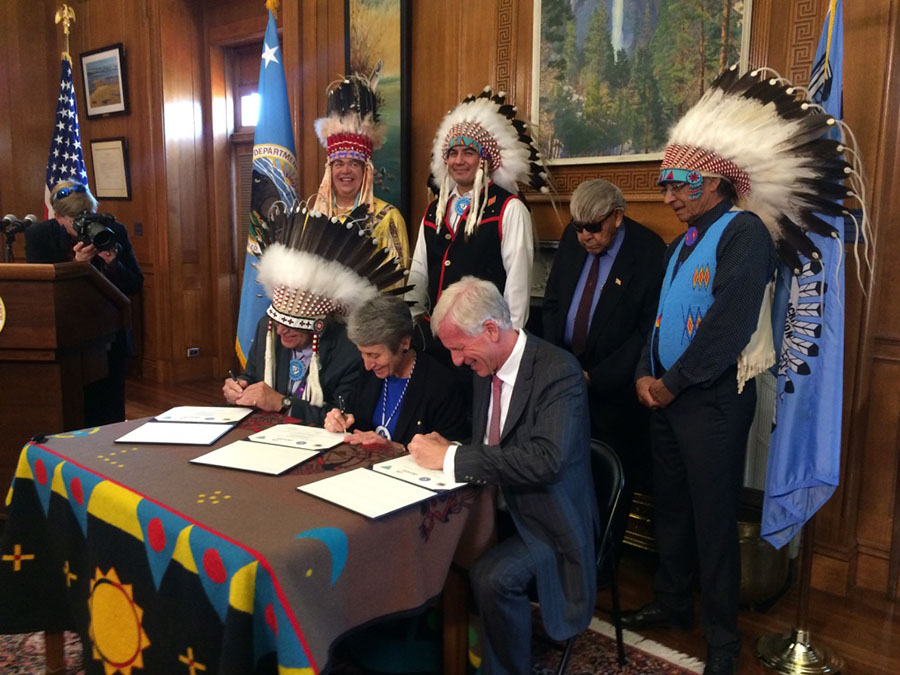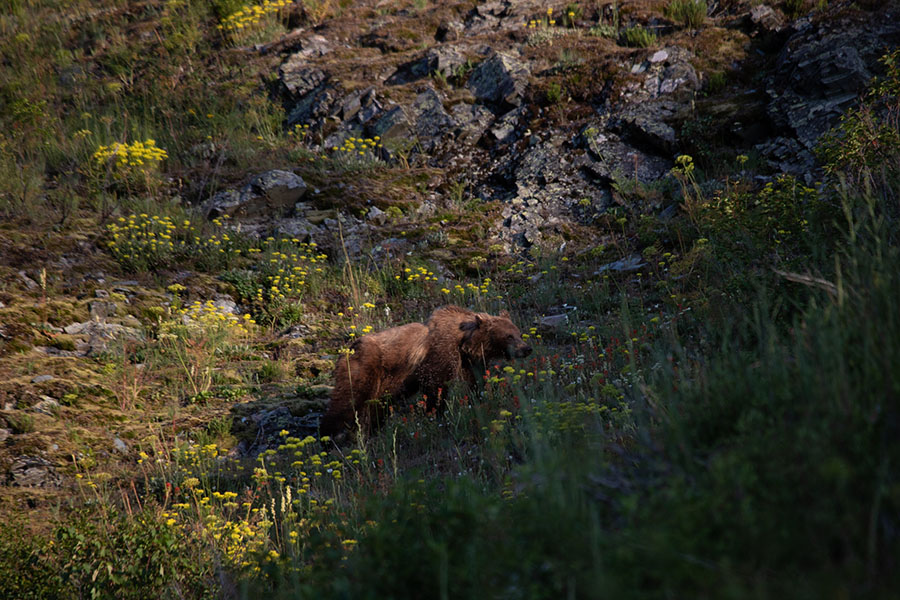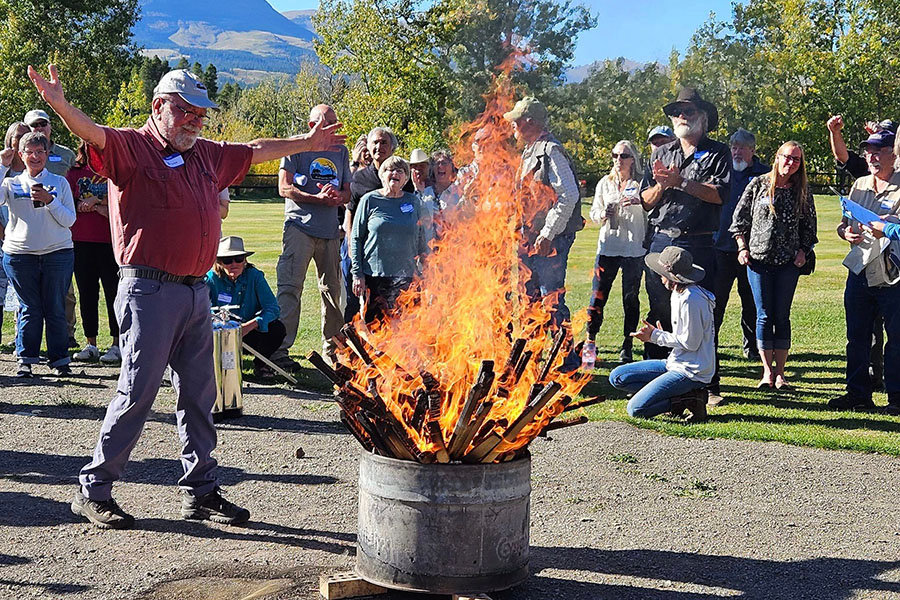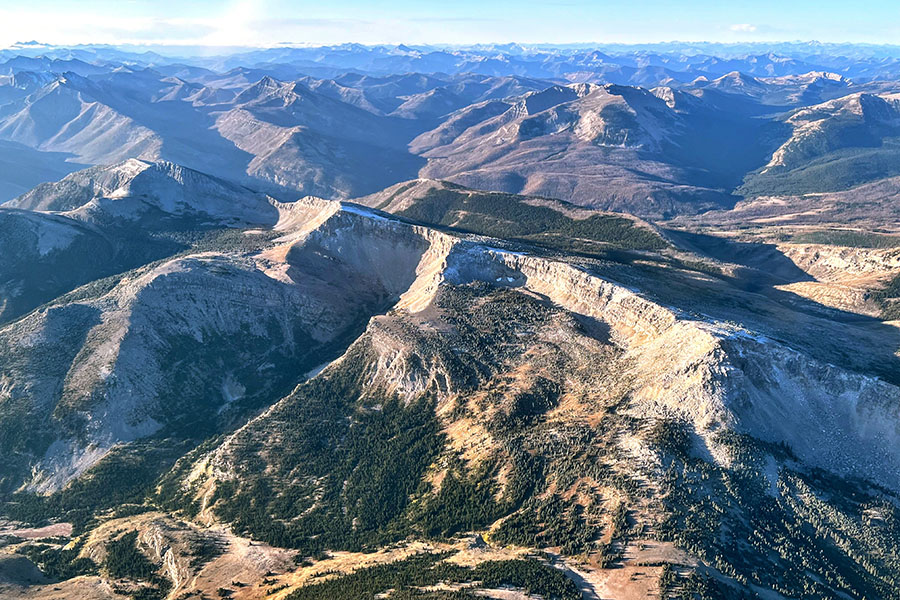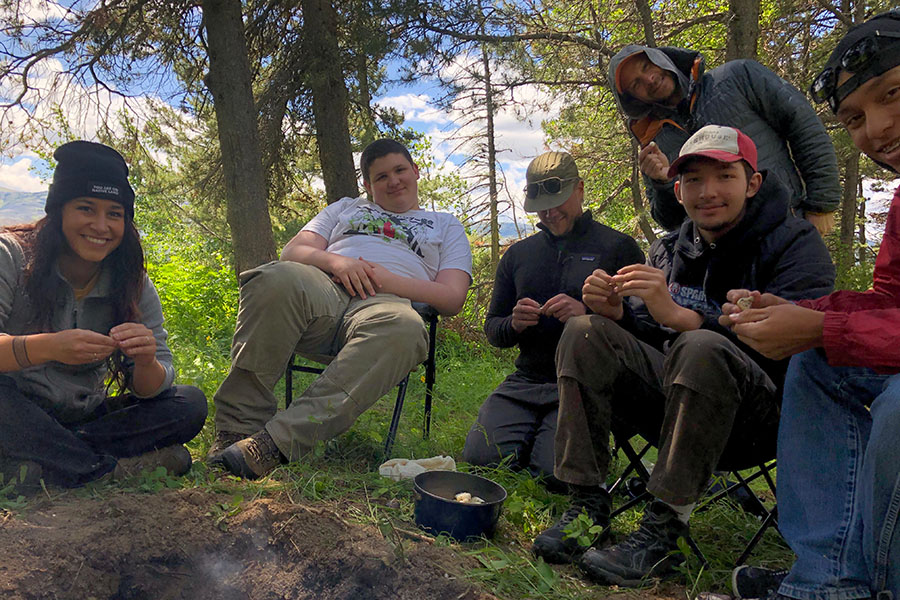Our Story
Glacier-Two Medicine Alliance is a community-based, grassroots conservation organization located on the Blackfeet Nation in East Glacier Park, MT.
Since our founding in 1984, we have inspired and mobilized local communities along with people from across Montana, the U.S. and elsewhere to stand up for the irreplaceable wild lands, wildlife and cultural resources of the Badger-Two Medicine and surrounding areas in the Crown of the Continent ecosystem and to do so in a way that honors Tribal Nation’s sovereignty, knowledge, and way of life. Today, Glacier-Two Medicine Alliance is the only organization solely dedicated to protecting the wild grandeur of this ecologically and culturally significant region of Montana.
Our History
Get to know Glacier-Two Medicine Alliance
1984 - 1993: Galvanizing Early Opposition to Energy Development
When the US Forest Service unveiled imminent plans to drill for oil and gas in the Badger-Two Medicine at a public meeting in East Glacier Park in November 1984, we knew we had to act quickly. These national forest lands were where we hiked, rode horses, hunted elk, gathered berries, or practiced ceremony. We could not let these lands be destroyed. So shortly thereafter, a small group of Blackfeet tribal members and non-member residents of the Reservation formed the Glacier-Two Medicine Alliance. We knew we faced long odds as we were up against the oil industry and the federal government, but we knew that if we didn’t try, no one else would.
1993 - 2002: Administrative Review and Organizational Interlude
In response to a lawsuit brought by the National Wildlife Federation in 1993, the Forest Service admitted it had inadequately assessed the impacts to Blackfeet cultural uses from oil and gas development in its latest approval of a drilling permit at Hall Creek. The Department of Interior then placed a moratorium on any oil and gas development while the Forest Service undertook additional analysis. During this prolonged period of administrative review, Glacier-Two Medicine Alliance became fairly inactive except to monitor agency progress or to write occasional letters to officials on other land and wildlife conservation issues in the Crown ecosystem.
2003 - 2012: Travel Planning and Organizational Re-Birth
After the Forest Service announced plans to develop a new travel plan for the Badger-Two Medicine, Glacier-Two Medicine Alliance re-organized to try to close the area to motorized travel, a goal we ultimately achieved! During this era, we aided various efforts to stop oil and gas exploration or retire leases up and down the Front. We improved management of the Badger-Two Medicine by pushing the Forest Service to address illegal ATV use, to restore land and trails damaged by motorized abuse, to drop proposed post-fire salvage logging, and to fight weeds. And we initiated exploratory visioning with tribal and conservation allies about permanent protection of the Badger-Two Medicine as part of the development of the Rocky Mountain Front Heritage Act, which protected 275,000 acres of the Front in 2014, although not the Badger-Two Medicine due to lack of support from the Blackfeet tribal council.
2013 - 2018: Tribal-led Campaign to Cancel the Leases
The effort to eliminate the remaining oil and gas leases in the Badger-Two Medicine picked up steam after Solenex, one of the remaining leaseholders, filed suit in 2013 to force the federal government to lift the lease suspension and permit exploratory drilling. Along with Blackfeet tribal leaders, and state and national conservation groups, we intervened in the lawsuit to reinforce the unacceptable ecological and cultural impacts from drilling. Our coalition organized an extensive public pressure campaign to retire the leases. We also worked to secure stronger administrative safeguards for the area’s ecological and cultural integrity, along with a greater role for the Blackfeet Nation in its stewardship, through an expanded Traditional Cultural District determination and the planning process for a revised Forest Plan for the Helena-Lewis and Clark National Forest.
2019 - Today: A New Era Begins
Since our founding, a hardy group of highly dedicated volunteer board members largely ran the day-to-day operations of Glacier-Two Medicine Alliance. That began to change in January, 2019 when we hired our first long-term employee, Peter Metcalf, as executive director. The addition of staff empowered Glacier-Two Medicine Alliance to greater leadership of the Badger-Two Medicine campaign, including the legal defense of the Obama-era oil and gas lease cancellations, sustained engagement in the forest plan revision process, and an ultimately unsuccessful legislative effort to designate the Badger-Two Medicine a cultural heritage area. We also worked to address land and wildlife conservation challenges across the northeastern Crown, to strengthen our support of Blackfeet-led initiatives, and to expand our stewardship, education, and recreational programs in the community.
Looking Ahead
There is much good work to do to keep the northeastern Crown of the Continent ecosystem wild and intact, a place where both people and nature can flourish. As we embark on our fifth decade, we are on a mission:
- to secure permanent protection for the Badger-Two Medicine and other deserving places in the northeastern Crown,
- to recover and conserve healthy native fish, wildlife and plant populations,
- to maintain healthy and connected public lands and headwater streams,
- to support tribal-led efforts to strengthen Indigenous stewardship of ancestral lands or shared resources,
- to foster responsible and respectful recreational use and management of public lands, and
- to cultivate a more diverse and engaged grassroots community of conservation advocates and stewards, along with the next generation of leaders.
